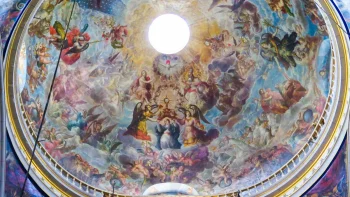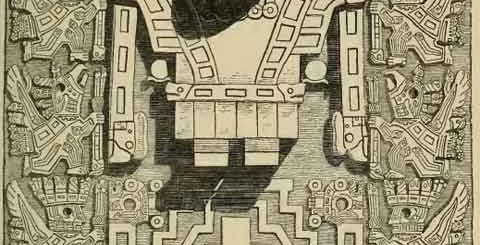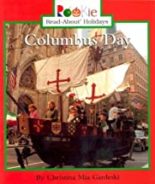Pre-Hispanic and Elusive Maya Blue Color
by holidayconnections · Published · Updated
As described in an article By Devon Van Houten Maldonado17th August 2018.
In the 1500s in Europe, Lapis lazuli was the only blue pigment used on paintings, majolica, tiles, textiles. It was incredibly expensive but also extremely laborious to make in Afghanistan.
 Right after the conquest of Mexico, Europeans were intrigued by the murals found in the temple in Chichen Itza, created around 400 A.D. Particularly since their blue color was still vibrant and had not faded. They assumed the Mayas made it out of the “Añil” plant which was a plant familiar to them, and native to Yucatan and Guatemala.
Right after the conquest of Mexico, Europeans were intrigued by the murals found in the temple in Chichen Itza, created around 400 A.D. Particularly since their blue color was still vibrant and had not faded. They assumed the Mayas made it out of the “Añil” plant which was a plant familiar to them, and native to Yucatan and Guatemala. 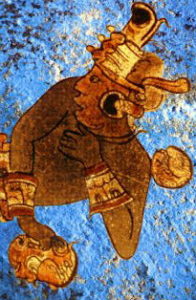
However, they could not find the elusive ingredient that made it so resilient. The Maya would make it for them, but did not tell them how they made it. Threrefore, the only painters that have access to it were the Creole painters like Baltasar de Echave Ibia, Villalpondo, and José Juárez, to mention a few.
“The lack of written evidence of the use of añil or Maya blue in Novohispanic Baroque paintings is made up for with visual evidence.”
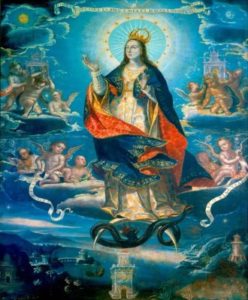
This Baltasar de Echave Ibia work is practically soaked in blue – a luxury European painters of the 1600s couldn’t have afforded (Credit: Museo Nacional de Arte de Mexico)

